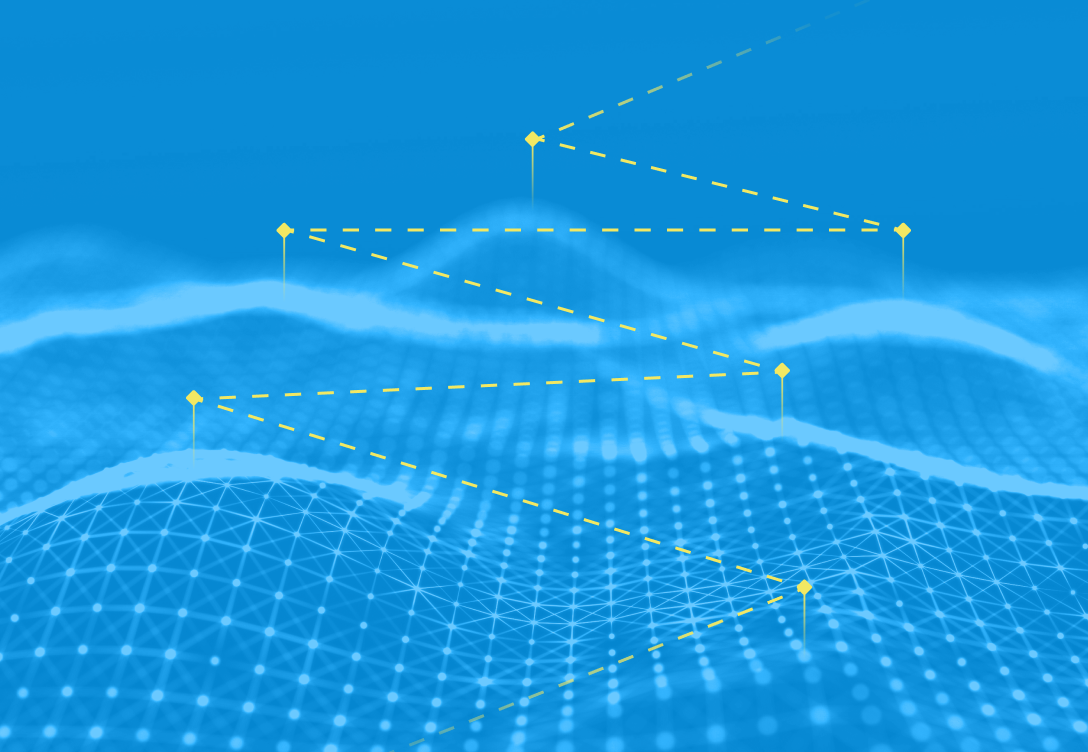When the OECD introduced its guidelines, there were roughly 1.5 million personal computers in use worldwide, and most organizations used paper records and manual methods to track and protect personal data. Today, there are roughly 1.5 billion personal computers in use, in addition to hundreds of millions of servers in use on-premise and in data centers. With the accompanying increase in the collection and flow of data enabled by technology, along with the growth of privacy regulations, safeguarding personal information is more critical than ever. As a result, there’s really only one way for organizations to manage data protection and privacy: the use of automation.
Understanding Data Privacy Automation
Data privacy automation involves the use of technology and processes to streamline and strengthen the protection of sensitive information. Automation powers a wide range of functions, from data encryption and access controls to monitoring and compliance management. The goal of automation is to reduce manual intervention and minimize the risk of human error, significantly strengthening an organization’s overall security practices.
Why Automation Matters
Automation significantly advances data privacy and protection practices. First, automation accelerates processes, enabling organizations to respond promptly to evolving threats. Second, automation minimizes the potential for errors associated with manual tasks, ensuring consistency and accuracy in data protection measures. And finally, automation enables efficient compliance management, helping organizations adhere to data protection regulations seamlessly. Overall, automation is a key driver in enhancing the efficiency and effectiveness of data privacy measures.
Challenges with Automation
While data privacy automation delivers significant advantages, organizations need to be mindful of potential challenges. One common pitfall is the potential for over-reliance on automation, which may lead understaffed or time-constrained organizations to neglect human oversight. The judgment of highly trained privacy professionals is a critical component of a strong privacy program, regardless of the level of automation. In addition, it’s important to configure automation processes precisely, or an improper configuration can result in security vulnerabilities. Organizations must strike a balance between automation and human involvement to ensure a robust and resilient data privacy strategy.
How to Implement Automation
Implementing data privacy automation requires a strategic approach. There are four basic steps that represent a starting point for an organization.
- Assessment and Planning. Begin with a comprehensive assessment of your organization’s data privacy needs, and develop a detailed plan outlining the specific processes that can be automated. A review of data privacy laws and their required obligations represent a good base of functionality to which automation can be applied.
- Data Classification. Data classification, along with the mapping of data and creation of data inventories, forms the core around which data privacy processes are applied. Automation significantly improves the speed and accuracy of this core function.
- Compliance Alignment. A strong data privacy and protection program aligns with relevant data protection regulations. A data privacy management platform powered by automation can be configured to enforce compliance policies with minimal human intervention.
- Employee Training. To build a culture of privacy, staff working across an organization must be educated on the importance of privacy, as well as the role of automation in the privacy program. Human oversight is crucial in a privacy organization, so employees should understand how to work alongside automated processes effectively.
How Automated Tools Help
A variety of tools are available to facilitate data privacy automation. These tools often offer features such as automated encryption, access controls, and real-time monitoring. Some popular tools include data loss prevention solutions, identity and access management systems, and encryption tools. The right combination of tools depends on the specific needs and scale of an organization.
Many organizations operating in multiple states or globally find that a comprehensive data privacy management platform with automated functionality is the most cost-effective solution, incorporating a range of functions that enable them to meet regulatory compliance obligations. Automated platforms can build and maintain a real-time data map and inventory that is foundational to a robust privacy program. In addition, an AI-powered data privacy management solution automates time-consuming tasks such as Records of Processing Activities (ROPAs), Privacy Impact Assessments (PIAs), and Data Subject Requests (DSRs). By integrating important privacy management functionality, these automated solutions can deliver intelligent insights, alerting privacy professionals to potential risks that should be addressed immediately.
Best Practices for Data Privacy Automation
Regardless of the type and scope of automated tools that an organization adopts, some general best practices to keep in mind include:
- Regular Audits: Organizations should conduct regular audits to ensure automated processes are functioning as intended. These audits help identify and address any discrepancies promptly.
- Data Minimization: Organizations should collect and process only the data necessary for business operations. Minimizing the amount of stored data reduces the potential impact of a data intrusion or breach.
- Incident Response Plan: Every organization should have a well-documented and tested incident response plan in place. Automation should complement, not replace, a carefully thought-out strategy for handling data incidents and breaches.
- Continuous Improvement Process: Organizations should regularly update and improve automation processes as technology evolves and new threats emerge. This proactive approach ensures that data privacy measures remain effective and resilient over time.
The Power of Automation
Data privacy automation is a powerful tool for any organization dedicated to protecting sensitive information and ensuring compliance with the growing number of privacy regulations. By streamlining processes, minimizing the risk of human error, and enhancing overall security measures, automation not only strengthens organizations against potential threats but also ensures a seamless and efficient approach to data protection.


